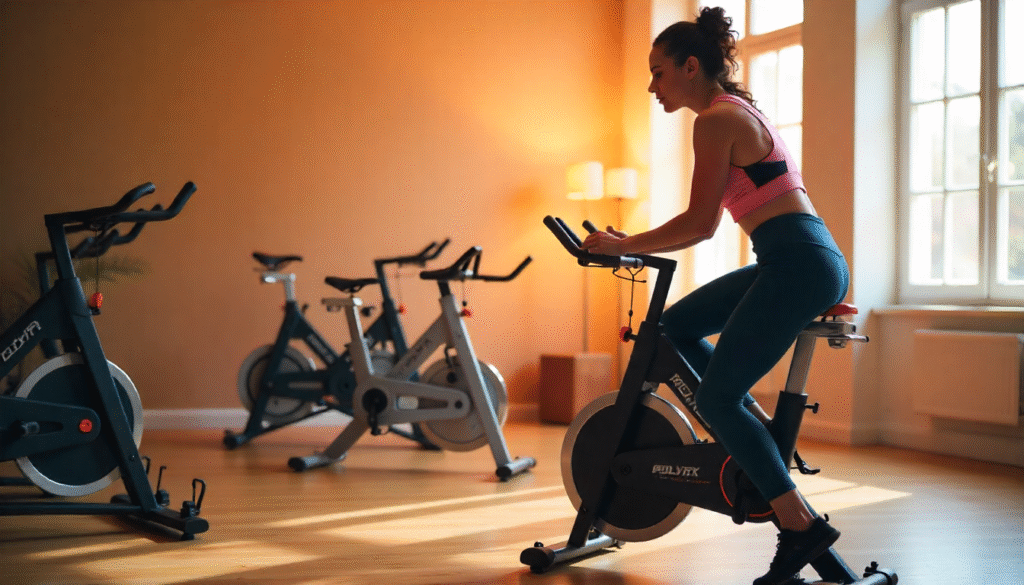The Best Fluffy Pancakes recipe you will fall in love with. Full of tips and tricks to help you make the best pancakes.
Spin Bike Buying Guide: How to Choose the Right Bike for You?
Discover the ultimate spin bike guide for choosing your perfect indoor bike with expert tips on flywheels, resistance, power metrics & comfort.

Choosing the right spin bike is more than just picking a piece of exercise equipment—it’s about ensuring every indoor ride feels smooth, safe, and motivating. Whether you’re a seasoned cyclist looking to maintain fitness in the off-season or a beginner embarking on a health journey, your spin bike should align with your needs, space, and goals.
In this comprehensive spin bike guide, we break down every critical component of indoor bikes—from resistance systems to frame stability and power monitoring—helping you make a well-informed decision without second-guessing. By understanding what makes a quality spin bike tick, you can avoid painful trial-and-error purchases, maximize performance, and enjoy every pedal stroke.
Spin Bike
A spin bike is designed to mimic outdoor cycling with features tailored for intense indoor workouts. Its popularity stems from its high-calorie burn potential, cardiovascular benefits, and low-impact nature. But not all spin bikes are created equal. To get the most out of your investment, it’s essential to consider several technical and ergonomic features before buying.
Flywheel and Resistance: The Heart of Your Spin Bike Experience
The flywheel is the soul of your spin bike—it keeps your pedaling smooth and realistic. A heavier flywheel (18 kg or more) gives a natural, road-like momentum that feels satisfying and fluid. Lightweight flywheels often result in an irritating stop-and-start motion that ruins the rhythm of your ride.
When it comes to resistance, your choice directly impacts ride quality and noise levels. There are two main types:
- Magnetic Resistance: Utilizes magnets to create resistance without touching the flywheel. It’s ultra-quiet and requires virtually no maintenance.
- Friction Resistance: Uses felt or leather pads that press against the flywheel. It’s louder, wears down over time, and requires regular maintenance.
Sweet Spot Tip: For the best indoor cycling experience, choose a bike with magnetic resistance and an 18+ kg flywheel. It’s quieter, smoother, and much easier to maintain.
Transmission System: Silent Power vs. Authentic Feel
The transmission system—how power transfers from the pedals to the flywheel—dictates your ride’s noise level and feel.
- Belt Drive: Silent, smooth, and almost maintenance-free. Ideal for early risers or apartment dwellers.
- Chain Drive: Offers an outdoor bike feel but needs regular oiling and can be noisy.
For a quiet and home-friendly setup, go with a poly-V or toothed belt system. It reduces maintenance while delivering steady power transfer. And guess what? Your sleeping family members will thank you.
If you’re trying to squeeze in rides between meetings or during your lunch break, you’ll find our post on Indoor Cycling Training for Busy Cyclists incredibly useful. It’s packed with efficient training routines tailored for riders who don’t have hours to spare but still want to build strength and stamina using their spin bike.
Frame Design and Adjustability: Your Foundation for Injury-Free Riding
The frame of your spin bike should feel like a rock—not a wobbly stool. A welded steel frame with triangular geometry ensures stability even during intense sprints or climbs.
Equally important is adjustability. Without a customizable fit, you’re on the fast track to discomfort and injury. Look for:
- 4-Way Adjustability: Saddle and handlebars should move both vertically and horizontally.
- Sturdy Footprint: Wide bases and leveling feet prevent side-to-side movement during rides.
These features allow the bike to fit your body—not the other way around.
If you’re new to the spin scene and feeling overwhelmed, our Best Indoor Cycling Tips for Beginners can make your journey smoother. It walks you through optimal setup, gear choices, posture, and hydration tips to prevent common mistakes many beginners face.
Power and Cadence Monitoring: Data That Drives Your Progress
Gone are the days of “guessing” your workout output. Modern spin bikes are equipped with high-tech consoles that track:
- Watts (power output)
- Cadence (RPM)
- Heart Rate
- Total Energy Expenditure
High-end models use strain gauge sensors for precise wattage, while more affordable ones estimate power based on flywheel speed. Either way, having metrics at your fingertips allows you to train smarter and reach your goals faster.
Biomechanical Comfort: Where Engineering Meets Your Body
Your bike’s biomechanical setup is the difference between feeling like a Tour de France rider or ending up with numb limbs. Key considerations include:
- Q-Factor: The distance between pedals should be 155–175mm to keep your hips, knees, and ankles aligned.
- Dual-Sided Pedals: One side for regular sneakers and the other for SPD clip-in shoes gives you training flexibility.
- Ergonomic Saddle: Features like cutouts and padding reduce pressure and allow for longer sessions without numbness.
A proper fit reduces injury risks and improves performance—an investment in comfort is an investment in consistency.
And don’t overlook your fuel—because what you eat before hopping on your spin bike matters as much as the bike itself. Head over to What to Eat Before Spin Class: Fuel Right, Ride Strong for detailed insights on pre-ride meals and snacks that maximize energy and keep fatigue at bay during long or intense sessions.
Summary
Buying a spin bike isn’t just about aesthetics or price. It’s a strategic decision that impacts your safety, comfort, and motivation. Prioritize a heavy flywheel with magnetic resistance, a belt-driven transmission system, and a highly adjustable steel frame. Don’t ignore data tracking—metrics like power and cadence empower you to train smarter, not harder.
This spin bike guide equips you with the knowledge needed to pick a bike that matches your lifestyle and goals. Whether you’re in a shared apartment or building a personal fitness studio, there’s a perfect bike for you—just follow the spin-smart blueprint outlined here.
Frequently Asked Questions (FAQs)
A flywheel weighing 18 kg or more provides smoother momentum and a more natural riding experience.
Magnetic resistance is better for most users—it’s whisper-quiet and requires zero maintenance.
Yes, belt drives are quieter, cleaner, and need far less upkeep than traditional chain drives.
Choose a spin bike with power, cadence, and Bluetooth sensors for precise data and app syncing.





